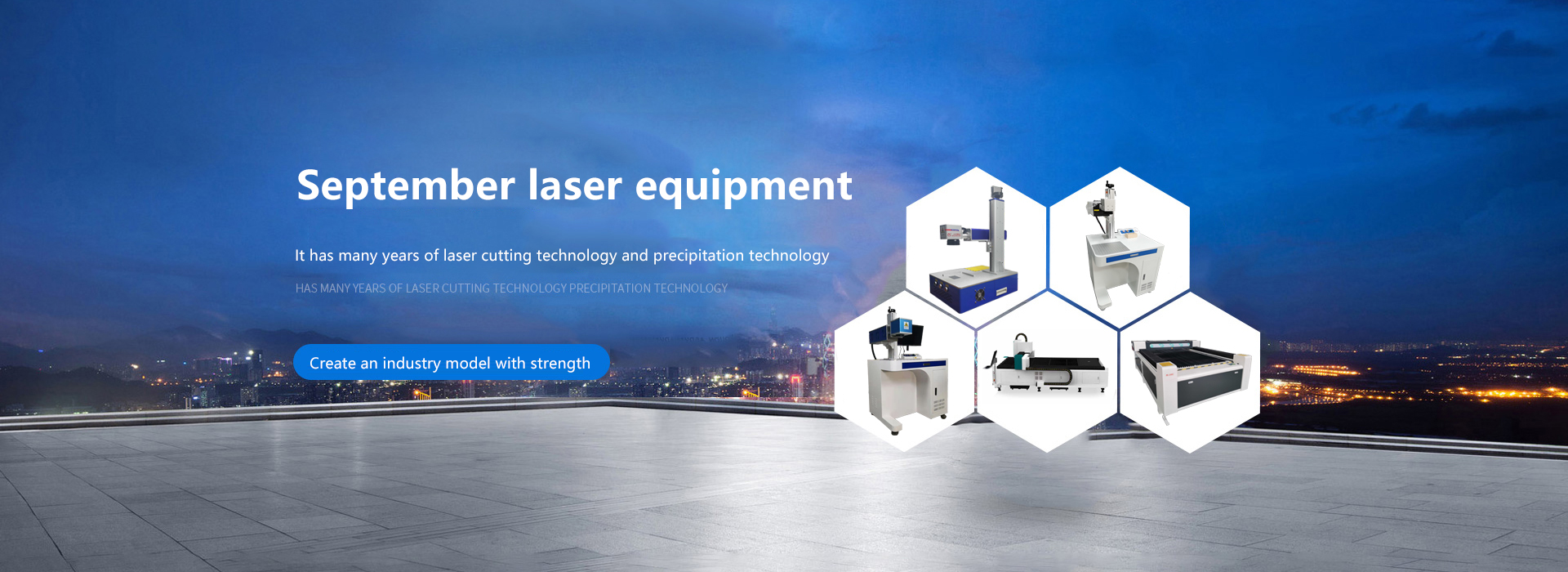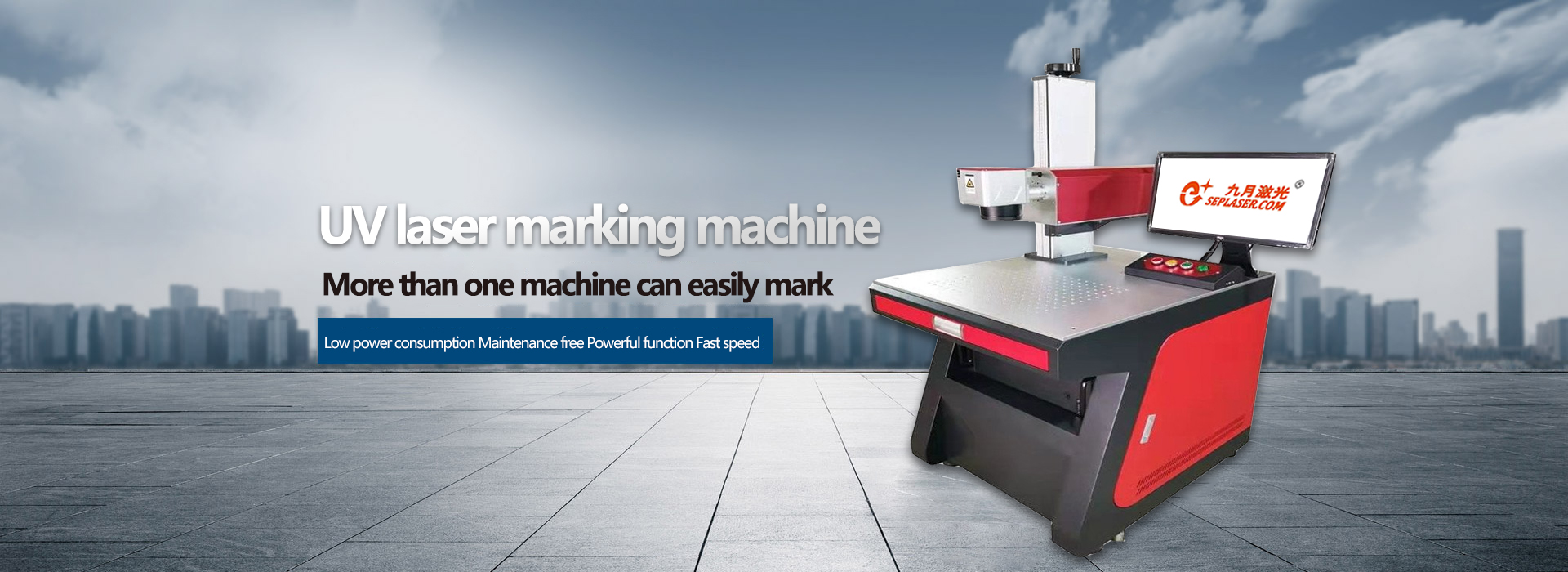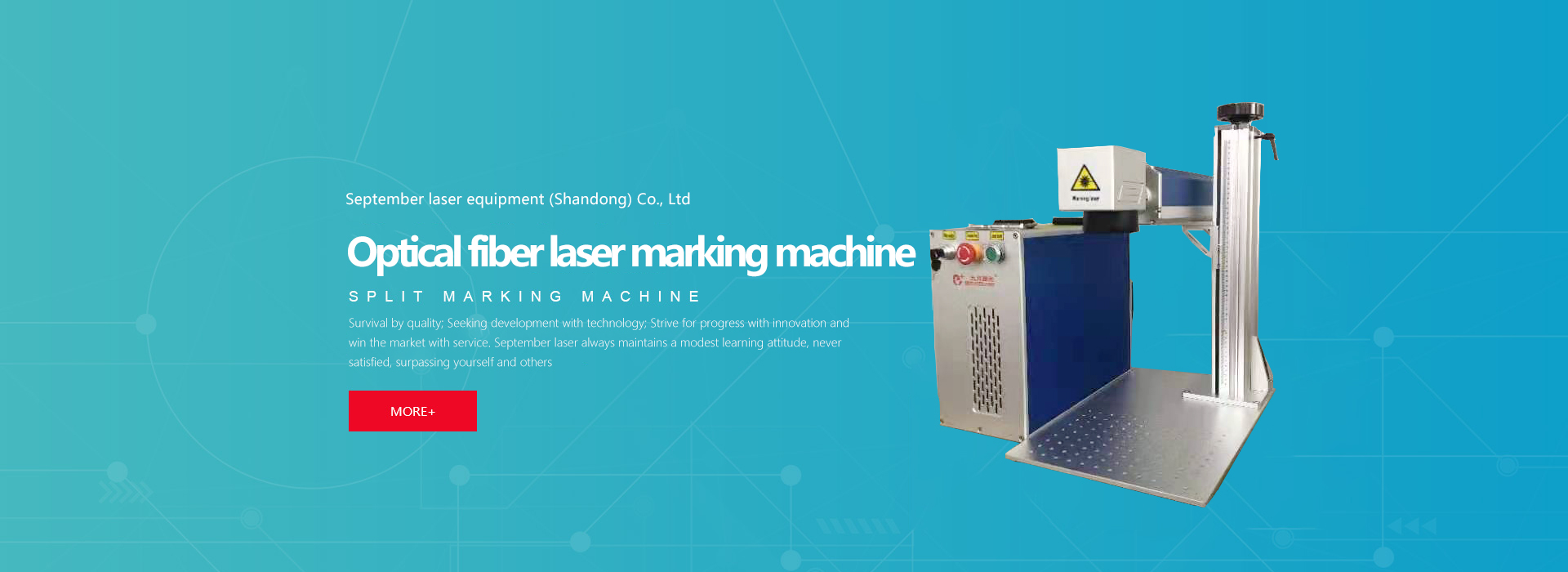What are the types of laser cutting machines according to the process?
Source:本站(zhàn) Time:2020/12/14 15:05:54 frequency:
1. Vaporization cutting.
Under the heating of high power density laser beam, the speed of the material surface temperature rising to the boiling point temperature is so fast that it is enough to avoid melting caused by heat conduction. Therefore, some materials vaporize into steam and disappear, and some materials are blown away from the bottom of the slit as ejecta by the auxiliary gas flow.
2. Melt cutting.
When the power density of the incident laser beam exceeds a certain value, the evaporation inside the material at the beam irradiation point begins to form holes. Once this small hole is formed, it will absorb all the incident beam energy as a blackbody. The small hole is surrounded by the molten metal wall, and then the auxiliary air flow coaxial with the light beam takes away the molten material around the hole. As the workpiece moves, the small hole moves transversely synchronously according to the cutting direction to form a cutting seam. The laser beam continues to irradiate along the leading edge of the seam, and the molten material is blown away from the seam continuously or Pulsatively.
3. Oxidation melting cutting.
Melting cutting generally uses inert gas. If oxygen or other active gas is replaced, the material will be ignited under the irradiation of laser beam, and another heat source will be generated by fierce chemical reaction with oxygen, which is called oxidation melting cutting.
4. Control fracture cutting.
For brittle materials that are easy to be damaged by heat, high-speed and controllable cutting by laser beam heating is called controlled fracture cutting. The main content of this cutting process is: the laser beam heats a small area of brittle material, resulting in large thermal gradient and serious mechanical deformation, resulting in the formation of cracks in the material. As long as a uniform heating gradient is maintained, the laser beam can guide the crack in any desired direction.
Under the heating of high power density laser beam, the speed of the material surface temperature rising to the boiling point temperature is so fast that it is enough to avoid melting caused by heat conduction. Therefore, some materials vaporize into steam and disappear, and some materials are blown away from the bottom of the slit as ejecta by the auxiliary gas flow.
2. Melt cutting.
When the power density of the incident laser beam exceeds a certain value, the evaporation inside the material at the beam irradiation point begins to form holes. Once this small hole is formed, it will absorb all the incident beam energy as a blackbody. The small hole is surrounded by the molten metal wall, and then the auxiliary air flow coaxial with the light beam takes away the molten material around the hole. As the workpiece moves, the small hole moves transversely synchronously according to the cutting direction to form a cutting seam. The laser beam continues to irradiate along the leading edge of the seam, and the molten material is blown away from the seam continuously or Pulsatively.
3. Oxidation melting cutting.
Melting cutting generally uses inert gas. If oxygen or other active gas is replaced, the material will be ignited under the irradiation of laser beam, and another heat source will be generated by fierce chemical reaction with oxygen, which is called oxidation melting cutting.
4. Control fracture cutting.
For brittle materials that are easy to be damaged by heat, high-speed and controllable cutting by laser beam heating is called controlled fracture cutting. The main content of this cutting process is: the laser beam heats a small area of brittle material, resulting in large thermal gradient and serious mechanical deformation, resulting in the formation of cracks in the material. As long as a uniform heating gradient is maintained, the laser beam can guide the crack in any desired direction.
Focus on us

Scan applet purchase



